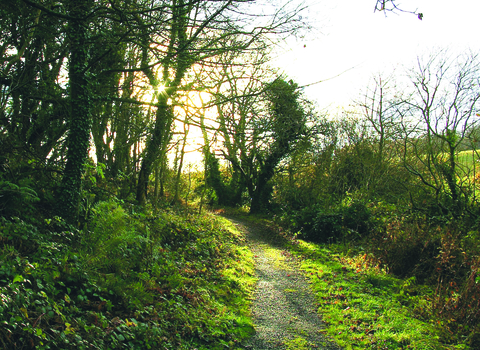Annstead Dunes
Location
Know before you go
Dogs
When to visit
Opening times
24/7/365Best time to visit
During spring and summer for wildflowersAbout the reserve
The reserve, which lies between Beadnell and Seahouses, consists of a strip of mature sand dunes. The foredunes at the seaward edge are up to 10 metres high and slope steeply to the beach below. The fixed dunes to the back vary greatly in height and are at their highest towards the southern end of the site, while at the northern end, near Annstead Bridge, they are lower than the foredunes. These fixed dunes once hosted important flora which has diminished through the development of marram grass and scrub. Northumberland Wildlife Trust has fenced areas of the dunes to enable grazing using Exmoor ponies and this has helped to open up the grass to allow more of the dune flora to thrive. Selective removal of the scrub, concentrating on the sycamore, is also undertaken to preserve the dune conditions. Plants to look out for include bloody cranesbill, lady’s bedstraw, bird’s-foot-trefoil and restharrow.
Other plants that occur on the reserve include hemlock and houndstongue, and the site is well used by narrow-bordered five spot burnet and cinnabar moths. There is also a colony of common lizards on site. The foreshore beach and Annstead Rocks are outside the boundary of the reserve. However, they are a part of the Northumberland Shore Site of Special Scientific Interest (SSSI) and have been identified as a potential wetland of international importance under the Ramsar Convention and a Special Protection Area (SPA). The beach down as far as the lower water mark provides an important feeding site for many waders, including redshank, curlew, sanderling and ringed plover. The rock strata of Annstead Rocks dip from north to south resulting in numerous rock pools being formed at low tide which contain a rich variety of inshore marine flora and fauna.
A seat overlooks the beach just beyond the entrance opposite Annstead Farm, on the seaward side. Toilets, shops and parking are available in Beadnell and Seahouses which are to the south and north of the reserve respectively.

